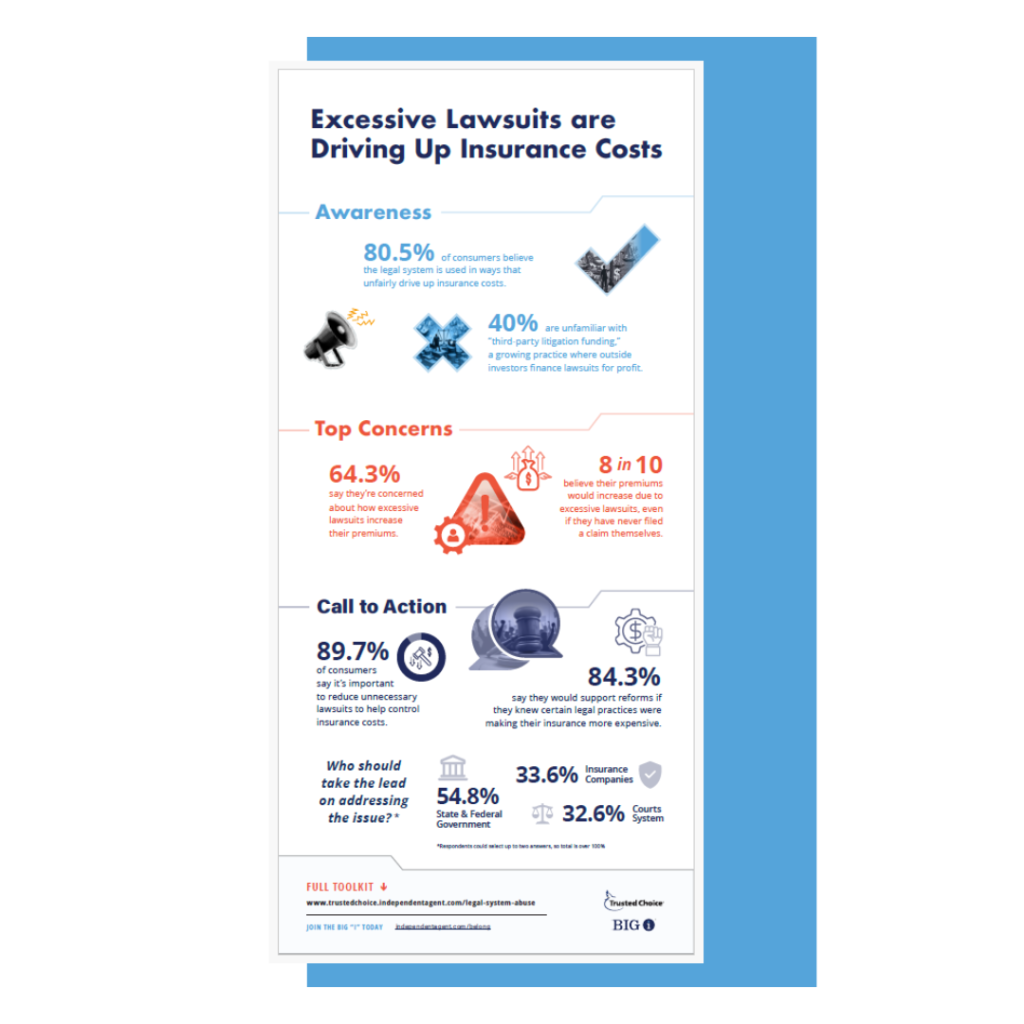COVID and the Cost of Building Materials
COVID has affected many areas of life in the US, one is the cost of building materials. Regardless the reason, the cost to rebuild a structure has increased dramatically over the last year. Are you addressing this increased replacement cost issue?
|
Author: Stuart Powell Several months ago, I had a new roof put on my house (by the way, I paid for the new roof and did not make an insurance claim) and was shocked by the cost estimates. The roofer explained that the cost of shingles had increased substantially over the last year due to production interruptions caused by the Covid response. Just this week I was informed that the price of lumber has also tripled over the past year. Hopefully, this is a short-term situation, but it does raise a concern regarding the cost of construction compared to the property limits provided by a given f insurance policy. Granted, not all property losses are total losses, however significant increases in construction material could affect a large property loss, possibly exhausting the available amounts of coverage. What coverage options are available to mitigate a situation of rapidly increasing construction costs? Homeowners’ Within the homeowners’ program, two options are available:
Inflation Guard (HO 04 46) The inflation guard endorsement increases the initial policy limit on a pro rata basis throughout the policy period. Unfortunately, choosing an inflation percentage is a lagging indicator and is a guesstimate that may not predict the increases from an event like a pandemic interrupting the material supply chain. Depending on the inflation guard percentage chosen, the additional premium for inflation guard protection can range from a 2 percent increase to about 6 percent. “Additional Limits” Endorsements Two “additional limits” endorsements are available; both allow the insured to purchase an additional amount of coverage AFTER a loss occurs. The two available endorsement are:
Of the two, the Additional Limits of Liability for Coverages A, B, C and D is the preferred option because it allows the insured to purchase whatever additional amount is necessary and all other coverage limits increase in relation to the new Coverage A limit. However, some homeowners’ insurance carriers will not use the HO 04 11, limiting the insured to only the HO 04 20. One major advantage of both additional limits endorsements is the removal of the insurance-to-value (often referred to as the coinsurance) provision in the homeowners’ policy. When either of these endorsements is attached, the insured is not subject to the provision. As expected, attaching either of these endorsements increases the premium. Use of the HO 04 11 increases the premium approximately 15%; attachment of the HO 04 20 increases the premium between three and six percent depending on which percentage option is chosen (25% or 50%). Commercial Property For commercial property exposures, there is no option to purchase an “additional limits” type of endorsement. However, blanket coverage for multiple buildings and business personal property does allow coverage to expand beyond the building limit scheduled on the Statement of Values. In theory, the entire blanket limit could be expended on one component of covered property. But use of the blanket option does not automatically avoid a coinsurance problem. However, coinsurance can be suspended by using Agreed Value. Blanket Agreed Value is a favored approach to the limits problem and the coinsurance problem. Beginning in approximately 2007, insurers began attaching an endorsement that diminishes the value of blanket coverage, the Limitation on Loss Settlement-Blanket Insurance (Margin Clause). This endorsement limits the amount available for any one building to a percentage of the amount scheduled in the Statement of Values. For example, a building scheduled in the Statement of Values at $500,000 is damage by a covered cause of loss and the actual replacement cost at the time of the loss is $650,000. If the damaged building is included on a policy providing a blanket limit of $1,000,000 then, in theory, the full $650,000 replacement cost would be recoverable. However, if the blanket policy is subject to the Margin Clause applying a 120% maximum limit, the recovery would be limited to $500,000 plus 20% – or $600,000. There are some proprietary versions of this type of endorsement that apply a limit per location. Be vigilant when reviewing commercial property policies written on a blanket basis, look for endorsements that can cap the recovery for a given item in the Statement of Values. One other issue that is not strictly related to the rising cost of building material but was central to a lawsuit against an agent in New Hampshire recently is Ordinance or Law coverage. What the insurance industry understands about the term replacement cost is not what the typical policyholder understands by the term. Technically, replacement cost, as used in most property insurance policies, replaces the damage structure with new materials. “You get your old building back constructed with new materials.” But most policyholders do not want their old building back rather they want a new building constructed with new materials. This sounds semantic, but the difference in the old building and the new building are the changes in building codes. The property insurance policy is designed to pay for things that are damaged by a covered cause of loss. If replacing the damaged building requires building features mandated by building codes but not part of the “old” building, then the property insurance policy does not respond to these new building code mandated features. Additionally, if the undamaged part of the building must be demolished, the demolition of the undamaged part is cause by the mandate of the building inspector, not by the covered cause of loss. What most policyholders want after a loss is, in fact, reconstruction costs not just replacement cost. If the insurance policy does not pay the full reconstruction cost of the damaged building, the policyholder may be unhappy with the settlement and think that replacement costs as defined by the insurance policy is not what they thought they were getting. The policy did not meet their reasonable expectation. Where do you think the jury’s sympathy will lie? This dichotomy between “replacement costs” and “reconstruction costs” is becoming an issue of growing concern. To protect themselves, agents should make sure that policyholders are advised as to what “replacement cost” means and what its limitation are. Additionally, there should be a discussion and offer of Ordinance or Law coverage. Some property policies are beginning to include limited amount and coverage for Ordinance or Law as Additional Coverages. But these Additional Coverage may not be adequate. “Fore warned is fore armed.” Watch Out for the Rising Cost of Building Materials COVID has created issues across the country. One that agents must be aware of is how this pandemic has affected the cost of building material. Supply chain interruptions and increased demand have caused the price of “common” building materials to increase dramatically. Agents must be prepared to address these issues with the available insurance options beyond updated replacement cost estimators. Offer and use the endorsements available. Last updated: April 16, 2021 |









